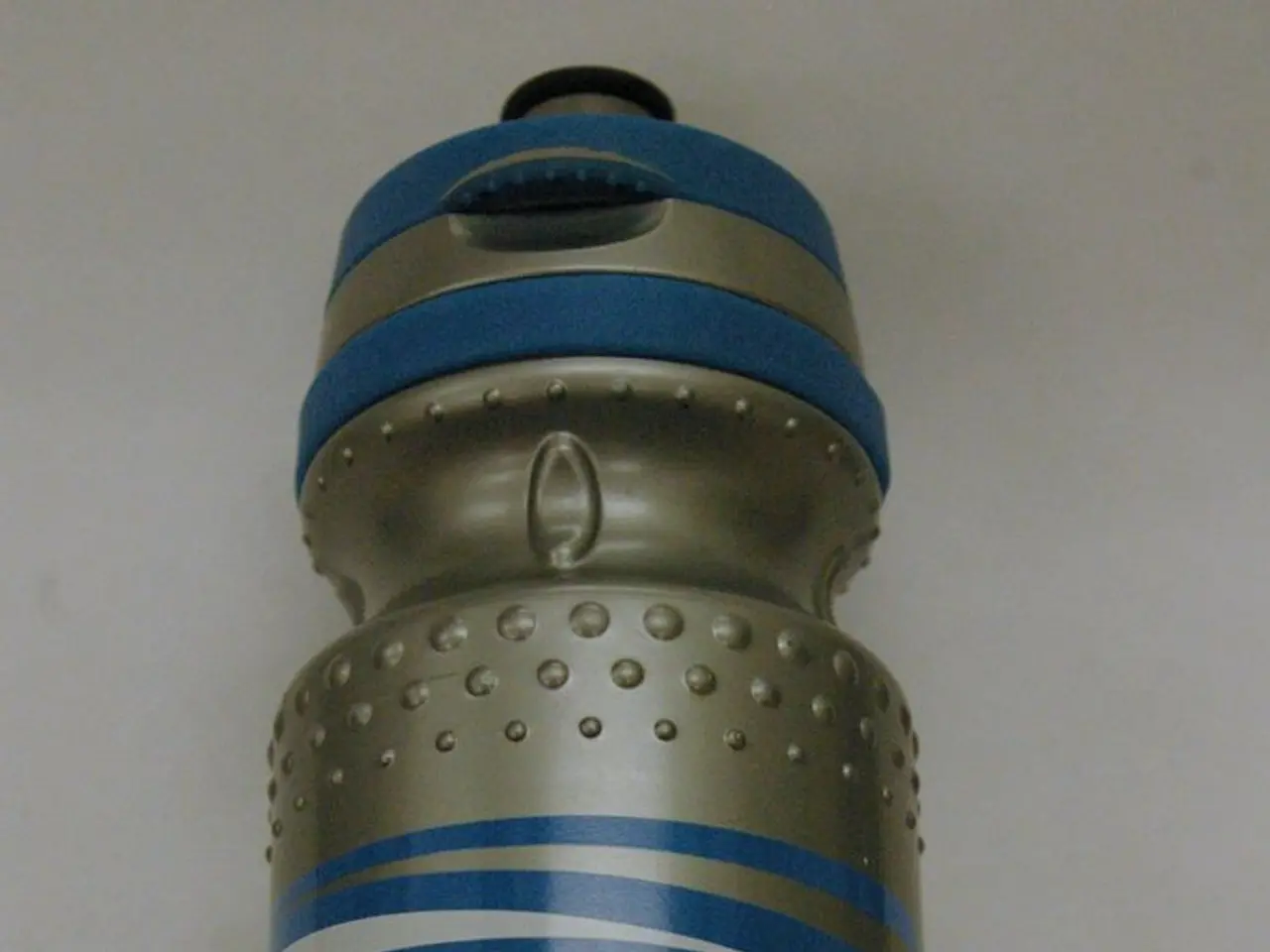Exploring the Surge of Nanotechnology: Pioneering Concepts in Minuscule Dimensions
In the 1980s, a groundbreaking development took place in the scientific world. The introduction of tools like the scanning tunneling microscope (STM) and the atomic force microscope (AFM) allowed scientists to observe and manipulate individual atoms and molecules for the first time [1]. This marked the beginning of nanotechnology, a field that has made remarkable strides in recent decades, transforming industries and influencing scientific advancement.
Nanotechnology is poised to revolutionize multiple industries, creating a future where even the smallest innovations have enormous impacts. By the year 2025 and beyond, its impact can be seen in many areas of everyday life, including medicine, electronics, energy, and environmental protection [2].
In medicine, nanotechnology enables highly sensitive nanosensors and nanowires that can detect biological agents at the molecular level. This includes potential early detection of cancerous tumors when they contain only a few cells, representing a significant advance in diagnostics and personalized medicine [2]. Additionally, nanomaterials are employed for drug delivery systems, enhancing targeted delivery and efficacy [4].
The development of nanorobots for precise surgical tasks or therapy delivery is a promising application of nanotechnology in medicine. The small size of nanoparticles allows them to interact with biological systems in ways that were once inconceivable, enabling innovations in drug delivery, diagnostics, and treatment methods [6]. For instance, the ability of nanoparticles to cross biological barriers, such as the blood-brain barrier, has opened up new possibilities for treating diseases like Parkinson's, Alzheimer's, and brain tumors.
In electronics, nanotechnology is enabling the miniaturization of devices for smaller, faster, and more efficient components. Nanoscale sensors and structures, often using materials like carbon nanotubes and silicon nanowires, provide enhanced sensitivity and speed for advanced sensing applications [2]. These include "smart dust" sensors used in a variety of contexts, from environmental monitoring to complex control systems, by detecting chemical or biological species with unmatched precision [2].
Regarding energy, nanotechnology contributes to more efficient batteries and energy storage solutions, catalysis for fuel production, and improved membranes and coatings. Advances include nano-engineered photocatalysts that enable hydrogen production from water, crucial for clean fuel generation, and materials that enhance fuel cells and bioconversion processes for energy [3][5][2].
In environmental protection, nanomaterials serve as filters to trap heavy metals and pollutants from industrial wastewater and enable economical water desalination and purification. Fluorescent nanomaterials have shown potential in detecting and degrading pesticide residues in food, addressing contamination concerns and improving food safety [2][4]. Furthermore, nanotechnology is being developed for sustainable mining practices by improving ore characterization, separation processes, and resource recovery, reducing environmental impact [1].
The future of nanotechnology promises to be one of incredible innovation and transformation, with potential benefits across numerous industries. This includes integrating nanotechnology more deeply with artificial intelligence, biotechnology, and advanced materials science to enhance multifunctional nanomaterials for even broader applications [3][4][5]. Some exciting developments include programmable nanoreactors, enhanced photocatalysts for solar fuels, and expanded environmental remediation techniques.
As we look to the future, it's clear that nanotechnology will continue to shape our world in ways we can barely imagine today. The ability to control matter on such a small scale has unlocked a vast array of possibilities, from revolutionary medical treatments to cutting-edge electronics. Nanotechnology is one of the most exciting and transformative fields of the modern era.
The fusion of nanotechnology with artificial intelligence, biotechnology, and advanced materials science will lead to the creation of multifunctional nanomaterials, expanding their applications significantly.
Nanotechnology's potential in environmental protection is vast, addressing concerns such as food safety, wastewater treatment, and sustainable mining practices, shaping a greener future.




